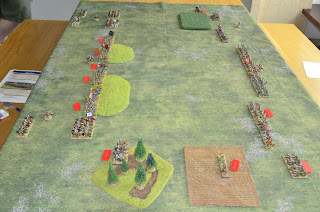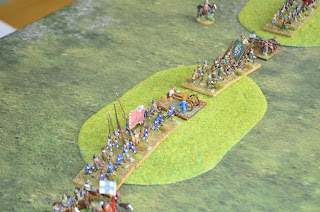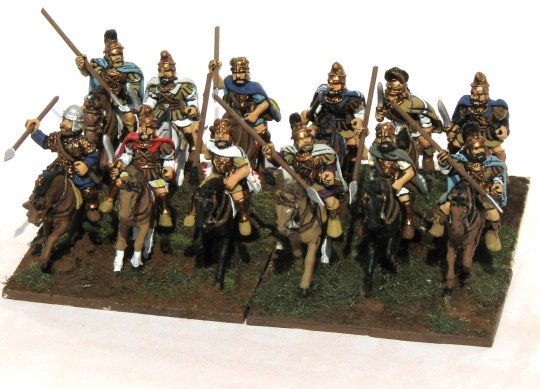Celadas, czyli hiszpańska opancerzona jazda nie będąca jednocześnie żandarmami.
Była
to formacja na początku XVI wielu uzbrojona przede wszystkim w lance i
uderzająca zwykle w zwartym szyku. Dosiadała dużych, wytrzymałych koni,
jednak w przeciwieństwie do żandarmów, bez bardingu.
Opancerzenie stanowiły zwykle hełmy oraz napierśniki.
Celadas - Spanish armoured cavalry not being gendarmes.
It
was a formation that at the beginning of the 16th Century was armed
with lances and usually attacking in a tight formation. Celadas were
riding big and strong horses but, contrary to gendarmes, without
barding.
Celadas were using helmets and cuirass.
Figurki Old Glory/ Figures Old Glory
Mortal Gods Game - Athens v Sparta
-
First game of Mortal Gods, two giants face up, Athens v Sparta. The
Athenians form up into a phalanx while the Spartans contemptuously flood
the flanks wit...
4 godziny temu





























































